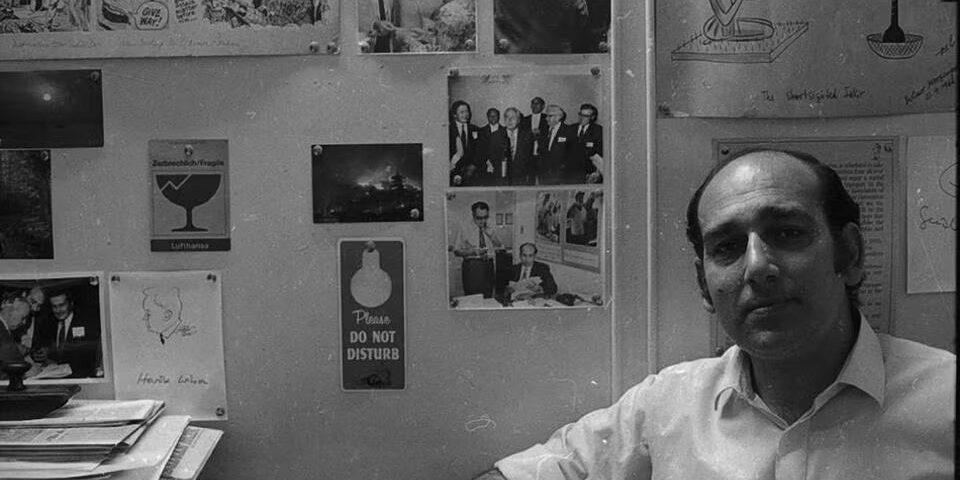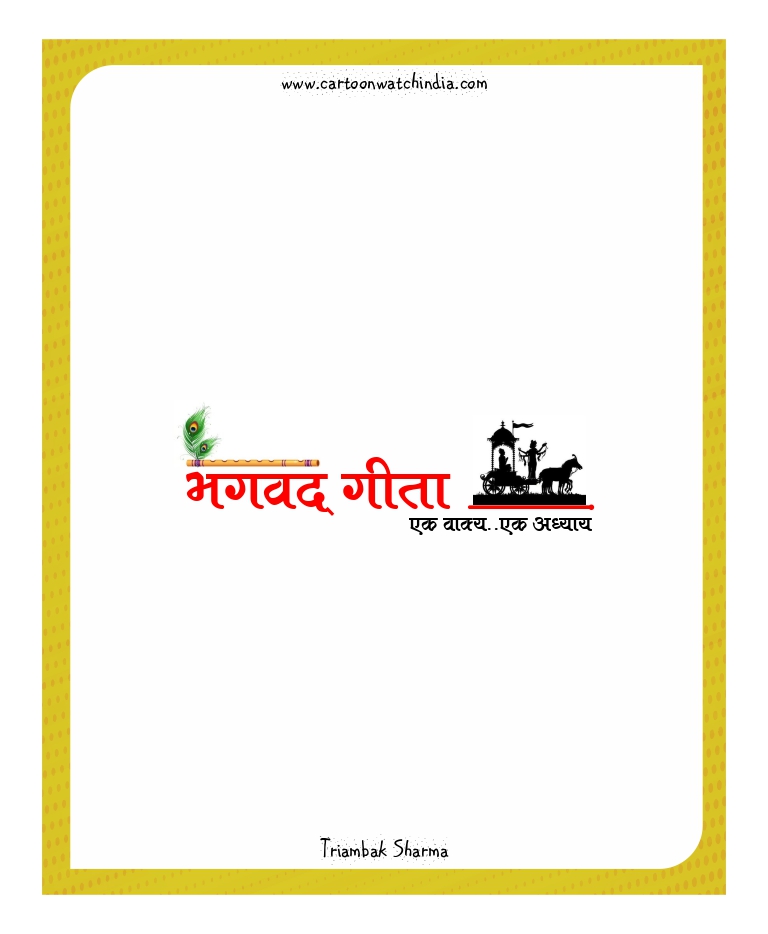
Gita Toon
June 23, 2023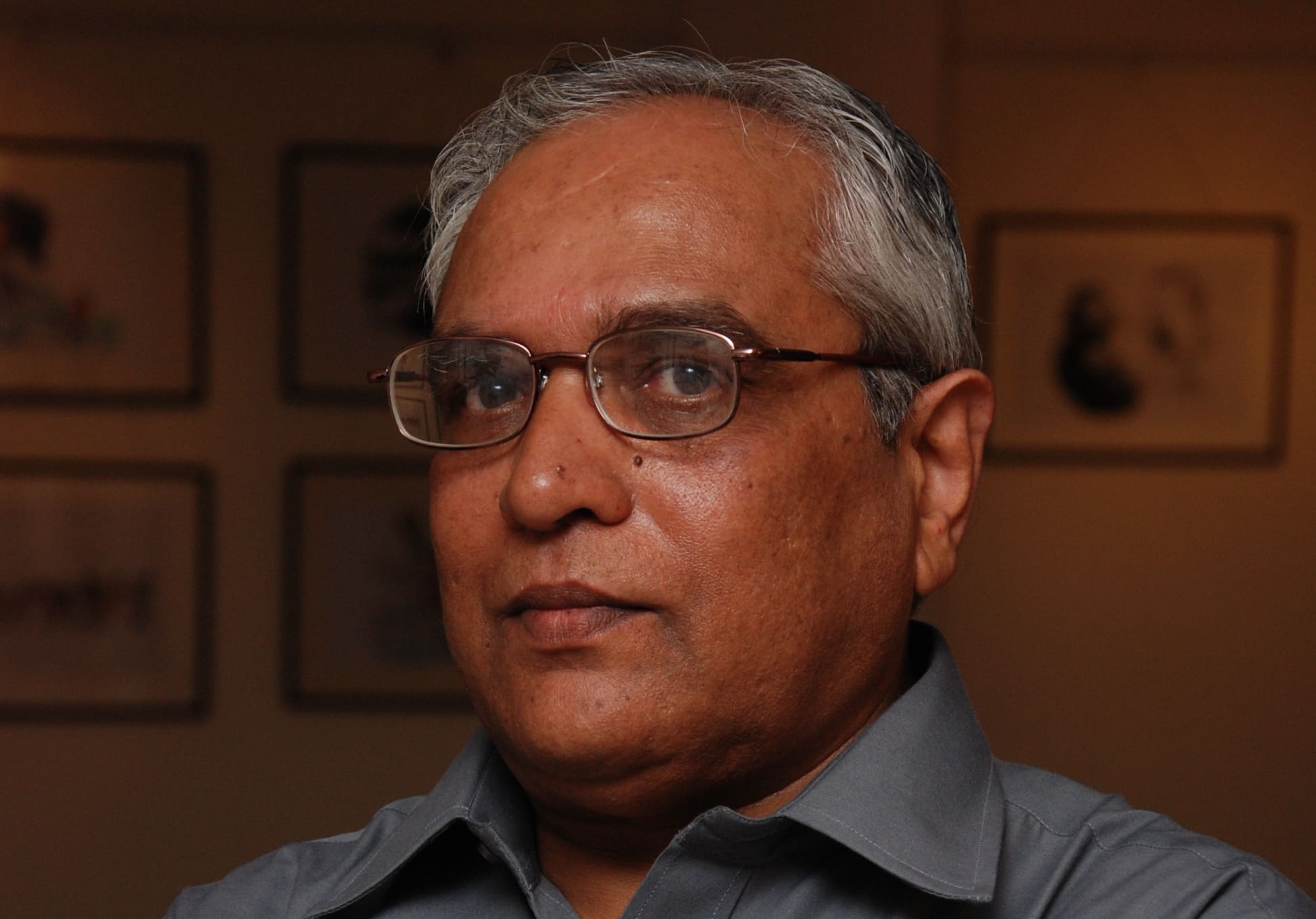
VG Narendra: Brain Behind IIC
June 30, 2023WHEN Indian political cartoonists are discussed, Sudhir Dar’s name usually figures in the list of the first half-dozen. For over two decades, Dar worked as the political staff cartoonist of Hindustan Times, the largest-selling newspaper in north India. But Dar was never by inclination a political cartoonist. “Dar’s forte”, wrote Rajinder Puri, himself an acclaimed cartoonist, “was humor. Pure humor of the zany kind. His drawing style suited that genre.” For over forty years Sudhir Dar`s pen and brush has captured the different moods and faces of India with an unerring eye for detail, and a delightfully irreverent sense of humor.
Sudhir Dar (born 1934) hails from a Kashmiri family. He was born in Allahabad. He earned a master’s degree in geography from the University of Allahabad. In an interview, he told about his early influences: “I was fascinated with humor, particularly British and American humor, from a very young age. Growing up during the War years, it was the age of the British Raj and there were a huge number of British and American ships stationed in India. To keep the troops entertained, there were a huge number of musicals, comedy programs, and theatricals to give them a feeling of home. I was only in my teens and for me, this was a goldmine – a vast trove of British and American humor. We also read copies of Punch (My father was very fond of Punch and wanted us to be exposed to the best) and Saturday Evening Post (a fine family magazine from the United States, replete with the best of Americana) – both full of fine stories, humor and, of course, cartoons. That’s how it all began. Simply through radio and magazines. In those days, I was greatly influenced by Shankar, who was a political cartoonist at the Hindustan Times. I found his work very fascinating. All these factors drew me into cartooning.”
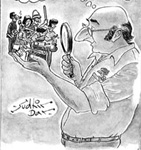
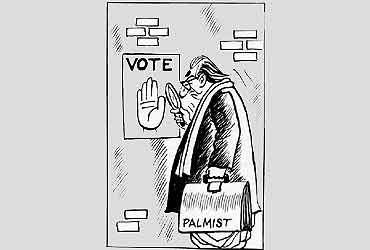
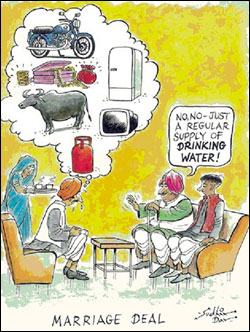
Dar started his career with All India Radio, working as an announcer. A sketch he drew of the News Editor of The Statesman during a radio talk led to an offer to work at the paper. Thus in 1960 with no formal training, Dar started a 7-year stint with The Statesman, under editor Evan Charlton, doing a wordless front-page pocket cartoon titled Out of My Mind. The Statesman period shaped young Dar’s destiny. This was what he told about his stint in The Statesman in an interview: “I was working in All- India Radio in the late fifties as an announcer when I met the News Editor of The Statesman who had come for a talk. During the talk, I drew a portrait sketch of him. He looked at it and said, “Why, you have made me look almost handsome”. He asked me if I did cartoons and I said I did. He then asked me for examples of my work. I went to The Statesman’s office a couple of weeks later with five cartoons and he told me, “Why don’t you leave them behind and we’ll have a look at them.” The next morning I opened the paper and I saw all five of my cartoons in Page 3 of The Statesman. I was thrilled to bits. I proceeded to work in The Statesman from 1961 to 1967 and created a wordless cartoon series called “Out Of My Mind” which appeared every morning. It was a bit of a challenge because my Editor told me, “Anyone can be funny with words. The true test of a cartoonist is to be funny without words”. My Editor also believed that I was modeling my character on him as he had a rather long nose and my characters had very long noses. He had challenged me to create a wordless series saying that he would hire me if I created a wordless cartoon every day. Incidentally, “Out Of My Mind” ran for seven years!” In 1967, Dar left The Statesman to join the Hindustan Times, the largest-selling newspaper in north India, to get into political cartooning or to quote him, “ (I)…wanted to diversify and grow out into a pond – maybe, even the ocean”. His stint in Hindustan Times continued for 22 years. He drew pocket cartoons and about 3 political cartoons a week. Dar’s This is It, a pocket cartoon appeared regularly on the front page. This was a period when a group of very talented cartoonists was working in different mainstream newspapers: This included Dar, Mario Miranda in The Economic Times, Abu Abraham in The Indian Express, R K Laxman in The Times of India, Shiv Sena chief Bal Thackeray in Marathi weekly Marmik, Vikas Sabnis in MiD-Day, and several others. According to Maurice Horn in The World Encyclopedia of Cartoons, Dar’s time at the Hindustan Times was marked by acts of resistance against attempts to curtail his freedom, till he resigned in anger in 1989.
After Hindustan Times, he moved to The Independent in Bombay (now Mumbai) where he worked for a couple of years and then joined The Pioneer in Delhi. He was with the Pioneer from 1991 to 1998, until Vinod Mehta, the editor left. Then he joined the Delhi Times. But “that wasn’t really my cup of tea and it catered to a much younger audience. So, after a year, I called it a day. I had made up my mind that I would hang up my drafts after forty years.” Since leaving the Delhi Times, he works as an illustrator on assignments for the World Bank, Microsoft and various government departments.
Currently, he lives in Gurgaon, near Delhi, where he shifted a few years ago. Sudhir Dar is among the most published cartoonists in India. Besides a horde of publications in India, his cartoons have also appeared in the New York Times, Washington Post, and Saturday Review, as well as Mad magazine, which billed him as a ‘Tasty Indian Nut’. Rajinder Puri, his contemporary wrote: “Dar had to get into the conventional mold of an Indian political cartoonist. For two decades he acquitted himself with competence. But his real potential was never realized. Had he pursued his natural inclination for pure humor and captionless cartoons, he might have developed into an icon like the cartoonists of Punch and The New Yorker. Political cartooning even took a toll on his drawing style. He resorted to shading, making his style more conventional to fit in with the rest. He should have taken a leaf from Abu who painstakingly evolved his deceptively simple, childlike style. Abu’s drawing became a talking point in Fleet Street in the Sixties. The feathery touch of
Dar’s earlier style survived only in some of his Page One pocket cartoons. Fortunately, there was no dearth of those.”
Sudhir Dar was very clear about the role of a cartoonist. In an interview with Vineet Gill, he said: A cartoonist must have a certain license. A license to bite, and sometimes, you need to bite hard. He should have a sense of what I call naive idealism. He wants to highlight the follies and foibles of human beings, he wants to have a dig at life, and he should be able to do this openly. But he should have his own lakshman rekha, his own limits. Some cartoonists hit below the belt. They should do that once in a while – but you mustn’t ever be malicious. Once malice appears in your work, you cease to be a humorist.
- Books
- As an author and illustrator
- Out of My mind. The Statesman, 1966.
- This is it! Vikas Pub. House, 1976.
- Out of my mind again! Vikas Pub. House, 1977.
- The Best of This is it! Rupa & Co., 1988.
- The Best of Sudhir Dar. Penguin Books, 2000. ISBN 0141002468.
- Sudhir Dar classics. Penguin Books, 2004. ISBN 0143031112.
- The Mad, Mad World of Elections. Penguin Books, 2004. ISBN 0143032038.
- The Mad, Mad World of CRICKET. Penguin Books, 2007. ISBN 0143101846.
- As illustrator
- Kashmiri Cooking by Krishna Prasad Dar. Penguin Books, 1995. ISBN 0140255656. Sudhir Dar
- illustrated this classic on Kashmiri cooking written by his father.
- Journey through the Universe by Jayant Narlikar; Cartoons by Sudhir Dar. National Book Trust,
- 1989
The author, a journalist turned media academician presently heads the Eastern India campus of the Indian
Institute of Mass Communication (IIMC) located at Dhenkanal in Odisha. He writes on and about media.
He also writes fiction and columns in English and Odia.
- http://bhashaindia.com/Patrons/SuccessStories/pages/SudhirDar.aspx
- http://www.outlookindia.com/article.aspx?211030
- http://articles.timesofindia.indiatimes.com/2012-05-18/edit-page/31750587_1_cartoon-abu-abraham-amar-
chitra-katha-series. Retrieved on 24 April 2013.


